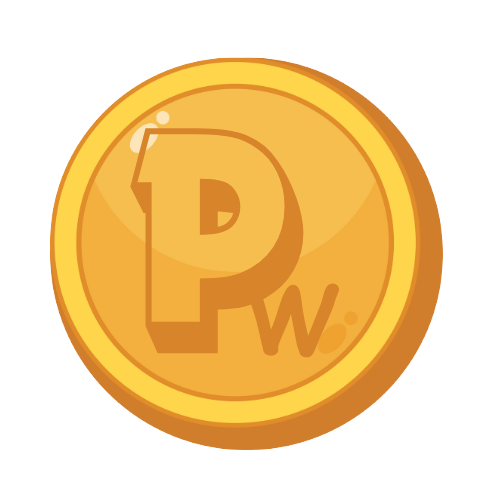Personal finance management is both an art and a science. While proven strategies exist, the way you apply them shapes your life and your future. Whether you want to get out of debt, save for retirement, or build wealth, understanding personal finance management empowers you to make confident decisions and achieve your goals.
This guide will teach you how to budget, save, invest, protect your finances, and create healthy money habits that last.
🎯 What Is Personal Finance Management?
Personal finance management, sometimes called money management or personal financial planning, means organizing and controlling your finances to reach your goals. It covers:
✅ Budgeting
✅ Managing debt
✅ Building emergency savings
✅ Investing wisely
✅ Protecting your assets
Effective personal finance management helps you feel secure and prepared for whatever life brings.
🔍 Step 1: Assess Your Financial Situation
The first step in financial planning is understanding where you stand.
✅ Calculate Your Net Worth
Subtract your debts from your assets. Tracking this every year shows your progress.
✅ Track Your Spending
Write down everything you spend for at least 30 days. You’ll quickly see where your money goes.
✅ Set SMART Financial Goals
Set Specific, Measurable, Achievable, Relevant, and Time-bound goals:
-
Save $5,000 in an emergency fund in 12 months.
-
Pay off $10,000 in credit card debt in 2 years.
-
Invest 15% of your income for retirement.
Clear goals are the foundation of strong personal finance management.
💰 Step 2: Create a Budget That Works for You
A budget is the roadmap for your money and the cornerstone of personal finance management.
Popular Budgeting Strategies:
-
-
50% Needs (rent, groceries)
-
30% Wants (entertainment)
-
20% Savings and debt repayment
-
-
Zero-Based Budgeting:
Assign every dollar a job so income minus expenses equals zero. -
Envelope System:
Use cash for each category—when the envelope is empty, spending stops.
✅ Tip: Use apps like YNAB, Mint, or EveryDollar to automate tracking and stay consistent.
💡 Step 3: Build Your Emergency Fund
An emergency fund protects you from surprises like medical bills or job loss.
How Much to Save:
Aim for 3–6 months of living expenses. Start with $500 if needed—any cushion helps.
Where to Keep It:
Use a high-yield savings account separate from your regular spending.
Automating deposits makes this crucial step in personal finance management effortless.
🏦 Step 4: Manage Debt Strategically
Debt can limit your options, but smart repayment strategies help you regain control.
Two Proven Methods:
-
Debt Snowball:
Pay off your smallest balances first. This builds momentum and motivation. -
Debt Avalanche:
Focus on debts with the highest interest rates to save more in the long run.
Pro Tip: Avoid accumulating new debt while you pay down balances. Personal finance management is about discipline and consistent action.
📈 Step 5: Start Investing Early
Saving is essential, but investing is how you grow wealth over time.
Why Invest?
Compound interest helps your money earn returns that grow exponentially.
Beginner-Friendly Investment Options:
✅ Stocks—Shares in companies with growth potential
✅ Bonds—Stable, interest-earning investments
✅ Index Funds & ETFs—Diversified and low-cost
✅ Retirement Accounts—Tax advantages (401(k), IRA)
Automate your contributions so investing becomes second nature in your personal finance management plan.
🛡️ Step 6: Protect Your Financial Future
Insurance shields you from risks that could undo your progress.
Must-Have Coverage:
✅ Health Insurance—Avoid catastrophic medical expenses
✅ Life Insurance—Provide for your loved ones if something happens to you
✅ Disability Insurance—Replace income if you can’t work
✅ Property Insurance—Protect your home and belongings
Review your policies every year to stay prepared.
🧠 Step 7: Build Healthy Financial Habits
Mindset and habits drive success in personal finance management.
Ways to Build Better Money Habits:
✅ Use the 24-hour rule before large purchases
✅ Automate savings and debt payments
✅ Celebrate milestones to stay motivated
✅ Keep learning and adapting as your goals evolve
Recommended reading:
-
The Total Money Makeover by Dave Ramsey
-
Your Money or Your Life by Vicki Robin
-
The Psychology of Money by Morgan Housel
Conclusion: Start Your Personal Finance Management Journey Today
The art of personal finance management isn’t about perfection—it’s about progress. Every step you take moves you closer to financial freedom.
✅ Assess your finances
✅ Create a budget
✅ Build savings
✅ Tackle debt
✅ Start investing
✅ Protect your future
✅ Grow your knowledge
Start today—your future self will thank you.
FAQs
Q1: What is personal finance management?
It’s the process of planning, organizing, and controlling your income, spending, and investments to reach your goals.
Q2: How do I start managing my finances?
Track your spending, create a budget, set clear goals, and automate savings.
Q3: Why is budgeting important?
A budget helps you control spending, avoid debt, and save for what matters most.
Q4: What tools can help me?
Apps like Mint, YNAB, and EveryDollar simplify budgeting and expense tracking.
Q5: How do I build better habits?
Automate good behaviours, avoid impulse spending, and learn continuously.

Owner of Paisewaise
I’m a friendly finance expert who helps people manage money wisely. I explain budgeting, earning, and investing in a clear, easy-to-understand way.

